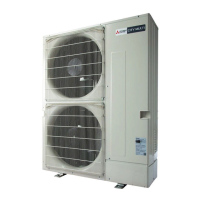
Do you have a question about the Mitsubishi Electric PUMY-P200YKM2 and is the answer not in the manual?
| Series | PUMY |
|---|---|
| Cooling Capacity (kW) | 22.4 |
| Heating Capacity (kW) | 25.0 |
| Refrigerant | R410A |
| COP (Heating) | 3.40 |
| Power Supply | 380-415V, 3Ph, 50Hz |
Cautions for units utilizing refrigerant R410A.
Precautions for salt proof type "-BS" models.
Details the construction of various system configurations.
Guide for selecting units based on cooling/heating data.
Details the setup requirements for the transmission system.
Explains special functions and settings for M-NET remote controllers.
Illustrates the refrigerant system diagram for various configurations.
Explains connections when using a branch box.
Describes mixed systems using branch boxes with different indoor unit series.
Covers system control methods including wiring and address settings.
Procedures and checks to perform before initiating a test run.
Details error codes and their corresponding corrective actions.
Provides a flowchart for self-diagnosis actions.
Guide for diagnosing M-NET and MA remote controller issues.
Troubleshooting symptoms and causes for M-NET and MA remote controllers.
Lists symptoms that are normal operation and not actual faults.
Details the function of internal switches on the outdoor unit.
Describes the function and connections of outdoor unit input/output terminals.
Provides methods for checking the resistance and condition of various parts.
Details how to check specific components like thermistors and sensors.
Illustrates test points on the outdoor multi controller circuit board.
Lists outdoor unit functions and their corresponding SW1 settings and display data.
Provides an overview of power wiring for the system.
Details wiring for main power supply and equipment capacity.
Specifies wire cross-section areas and breaker capacities for power wiring.
Guides the design of control wiring based on remote controllers and system linking.
Covers types of control cables used for transmission.
Explains how to set system switches for identification and addressing.
Shows example external wiring diagrams for basic system configurations.
Details obtaining electrical characteristics for capacity agreements with power companies.
Explains refrigerant piping systems and connection methods.
Instructions for calculating and adding refrigerant for extended piping.
Safety precautions and procedures related to refrigerant leakage.
Instructions for removing the service panel and top panel.
Steps for removing the suction pipe thermistor.
Instructions for removing HIC, compressor, and outdoor pipe thermistors.
Steps for removing the bypass valve coil and valve.
Detailed steps for removing the compressor unit.
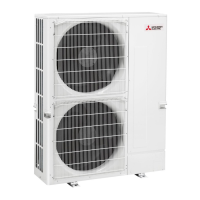

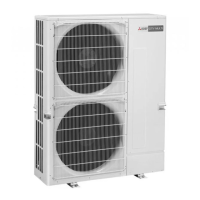




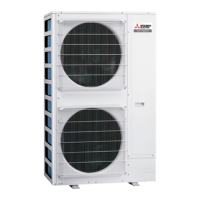
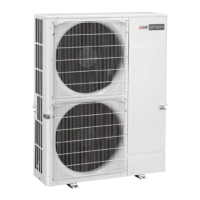
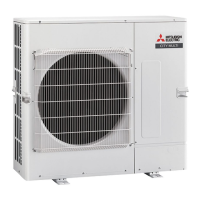

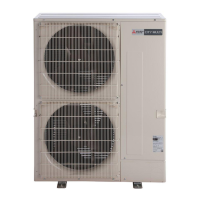
